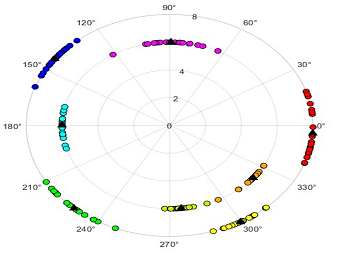
Individual differences in normal trichromatic color vision arise at many levels, from variations in the wavelength sensitivity of the eye to factors that influence how we see, categorize, and communicate about colors. There is growing recognition of the value of accounting for these differences in order to provide more consistent color percepts across observers. Most of these efforts have concentrated on correcting for differences in spectral sensitivity and associated effects on color matching. However spectral sensitivity differences have limited influence on color appearance, which can be large, and which may potentially be a more important source of variation in how people respond to and interpret color information. We describe a simple method for measuring observers’ hue percepts along with a technique for rendering images to compensate for inter-observer differences in appearance. The approach is easy to implement and does not require specialized equipment and offers potential advantages for many color applications including data visualization and communication.